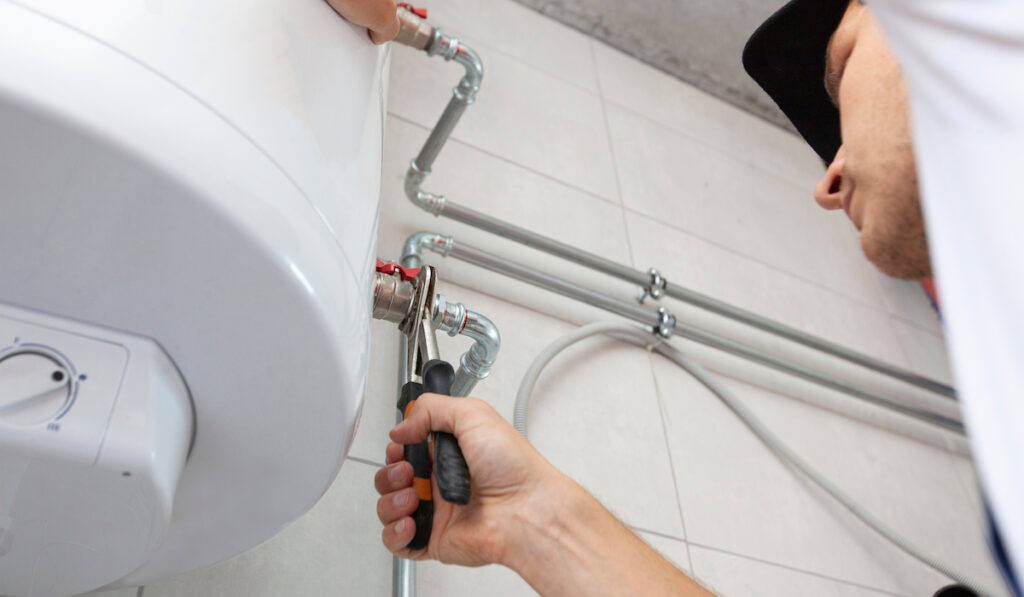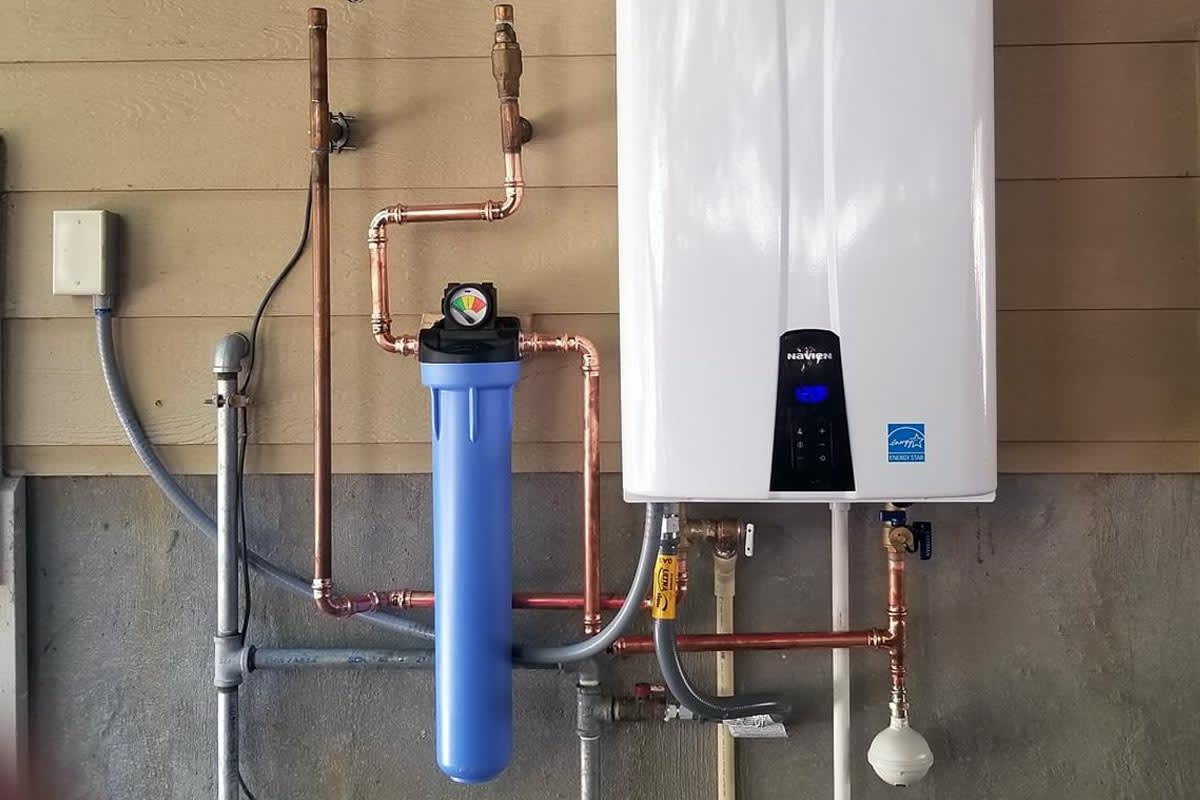Ways to Successfully Care for Your Home's Hot Water SystemWays to Extend the Life of Your Home's Hot Water System By Maintenance
Ways to Successfully Care for Your Home's Hot Water SystemWays to Extend the Life of Your Home's Hot Water System By Maintenance
Blog Article
They are making a number of good observations regarding How to Maintain Your Water Heater & Prolong its Life overall in the content following next.

Hot water is essential for everyday convenience, whether it's for a refreshing shower or washing dishes. To guarantee your hot water system runs effectively and lasts much longer, routine upkeep is vital. This short article gives practical ideas and understandings on exactly how to keep your home's hot water system to prevent disturbances and expensive fixings.
Introduction
Keeping your home's hot water system may seem difficult, but with a few straightforward steps, you can ensure it runs smoothly for several years ahead. This guide covers every little thing from understanding your warm water system to do it yourself maintenance ideas and recognizing when to contact specialist help.
Value of Keeping Your Hot Water System
Regular maintenance not only expands the life-span of your hot water system but also ensures it runs effectively. Disregarding upkeep can result in lowered performance, greater power costs, and even premature failure of the system.
Signs Your Hot Water System Needs Maintenance
Knowing when your hot water system needs attention can avoid major problems. Watch out for indications such as inconsistent water temperature, unusual noises from the heating unit, or rustic water.
Comprehending Your Hot Water System
Before diving into upkeep tasks, it's practical to recognize the basic parts of your hot water system. Generally, this includes the water heater itself, pipes, anode rods, and temperature controls.
Regular Monthly Upkeep Tasks
Normal month-to-month checks can aid catch small concerns prior to they rise.
Flushing the Water Heater
Flushing your water heater removes debris build-up, boosting efficiency and extending its life.
Monitoring and Replacing Anode Rods
Anode rods stop deterioration inside the container. Inspecting and replacing them when worn is essential.
Checking and Readjusting Temperature Level Settings
Adjusting the temperature setups makes certain optimum performance and safety.
DIY Tips for Maintenance
You can carry out a number of maintenance tasks on your own to keep your hot water system in leading problem.
Checking for Leaks
Frequently examine pipes and connections for leaks, as these can result in water damages and greater expenses.
Checking Stress Alleviation Valves
Examining the stress safety valve guarantees it operates appropriately and protects against too much stress build-up.
Shielding Pipelines
Shielding warm water pipelines minimizes heat loss and can save power.
When to Call an Expert
While DIY maintenance is valuable, some concerns need professional expertise.
Facility Issues Calling For Expert Help
Instances consist of major leakages, electric issues, or if your water heater is continually underperforming.
Routine Specialist Upkeep Benefits
Specialist maintenance can include detailed evaluations, tune-ups, and ensuring conformity with safety criteria.
Final thought
Regular upkeep of your home's hot water system is crucial for efficiency, long life, and cost financial savings. By complying with these pointers and understanding when to seek expert help, you can make sure a dependable supply of warm water without unexpected disturbances.
How to Maintain an Instant Hot Water Heater
Before tinkering with your hot water heater, make sure that it’s not powered on. You also have to turn off the main circuit breaker and shut off the main gas line to prevent accidents. Also turn off the water valves connected to your unit to prevent water from flowing into and out of the appliance. 2. When you’re done, you have to detach the purge valves’ caps. These look like the letter “T” and are situated on either side of the water valves. Doing so will release any pressure that has accumulated inside the valves while at the same time avoid hot water from shooting out and burning your skin. 3. When the purge valves’ caps are removed, you have to connect your hosing lines to the valves. Your unit should have come with three hoses but if it didn’t, you can purchase these things from any hardware or home repair shops. You can also get them from retail stores that sell water heating systems. Read the user’s manual and follow it to complete this task properly. When the hosing lines are connected, open the purge port’s valves. 4. You should never use harsh chemical cleaners or solutions when cleaning your unit. Make use of white vinegar instead. It should be undiluted and you’ll probably use about 2 gallons. 5. Now flush your water heater. This task should probably take about 40 minutes. We can’t give you specific directions for this because the procedure is carried out depending on the type, model and brand of your heater. With that being said, refer to the user’s manual. 6. When you’re done draining the unit, you have to turn off the purge port valves again. Remove the hosing lines that you earlier installed on each of the water valves. Put the valve caps (purge port) back in their respective places and be very careful so as not to damage the rubber discs that are found inside these caps. 7. Now that everything’s back in place, check your user’s manual again to find out how to reactivate your water heating system. 8. Once it is working, turn one of your hot water faucets on just to let air pass through the heater’s water supply pipes. Leave the tap on until water flows smoothly out of it. https://www.orrplumbing.com/blog/2014/september/how-to-maintain-an-instant-hot-water-heater/

I'm just very serious about How to Maintain a Hot Water Heater in a Few Simple Steps and I really hope you liked our entry. Sharing is caring. You just don't know, you could be helping someone out. Thanks so much for your time invested reading it.
Call Today Report this page